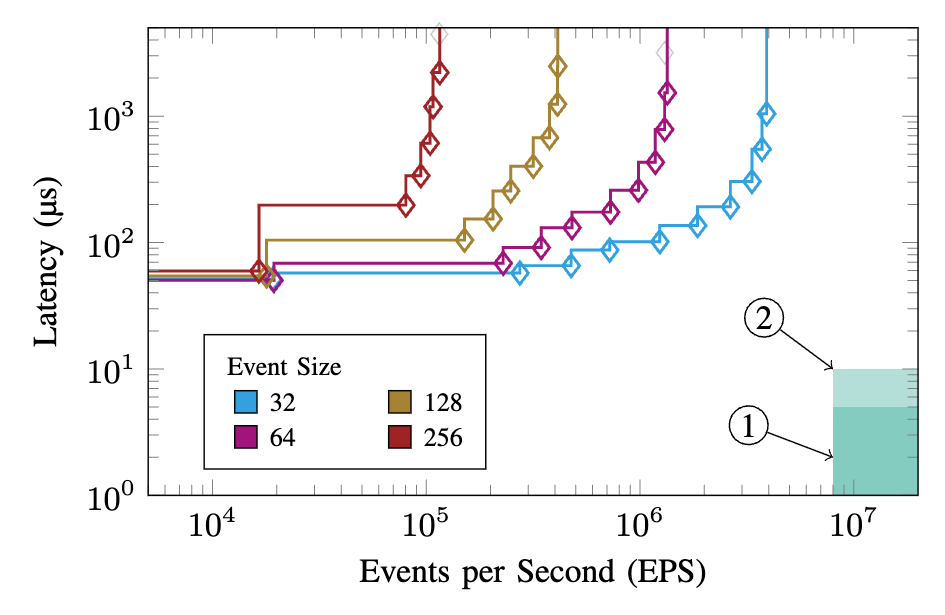Real-Time Graph-based Point Cloud Networks on FPGAs via Stall-Free Deep Pipelining
A collaborative effort between electrical engineering and particle physics researchers at the Institute for Information Processing Technology (ITIV) and the Institute of Experimental Particle Physics (ETP) within the KIT Center for Elementary Particle and Astroparticle Physics (KCETA) has resulted in a new FPGA-based architecture for real-time graph neural network inference in high-energy physics.
The paper, titled “Real-Time Graph-based Point Cloud Networks on FPGAs via Stall-Free Deep Pipelining”, has been accepted for presentation at IEEE SBCCI 2025, the 38th Symposium on Integrated Circuits and Systems Design, to be held in Manaus, Brazil. The work introduces a ultra-low latency, high throughput dataflow architecture for executing graph-based Point Cloud Networks (PCNs), specifically designed to meet the stringent real-time requirements of HEP trigger systems. Here, low latency refers to the short processing time from input to output, while high throughput indicates the system can handle a large number of detector snapshots per second.
The main contributions to the field include a stall-free deeply-pipelined design, enabling the architecture to process many detector snapshots in parallel processing stages, maximizing hardware-efficiency through minimal idle cycles. Custom processing elements are designed for core operations such as GraVNet convolution and condensation point clustering. Implemented on an high-performance adaptive system-on-chip, the AMD Versal AI Core VC1902, the system achieves over 5x speedup compared to GPU baselines, while maintaining Latencies below 10 μs. The results demonstrate that advanced graph inference is feasible under the hard timing constraints of online detector data processing. This architecture is being developed for deployment in the Belle II experiment, where it will enable real-time event selection in the first level hardware trigger system.
An open-source reference design accompanies the study. The article is available as a pre-print.
Contact: Torben Ferber


